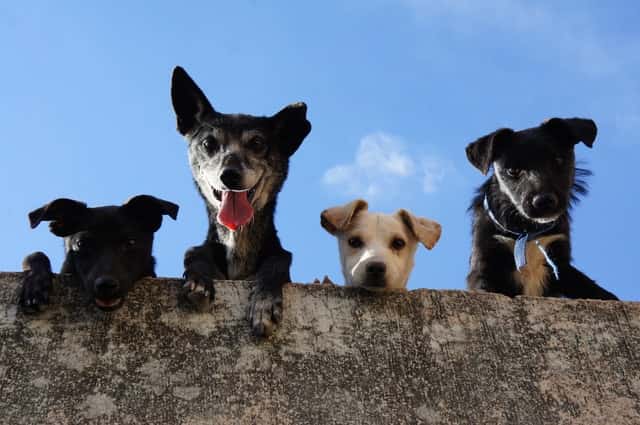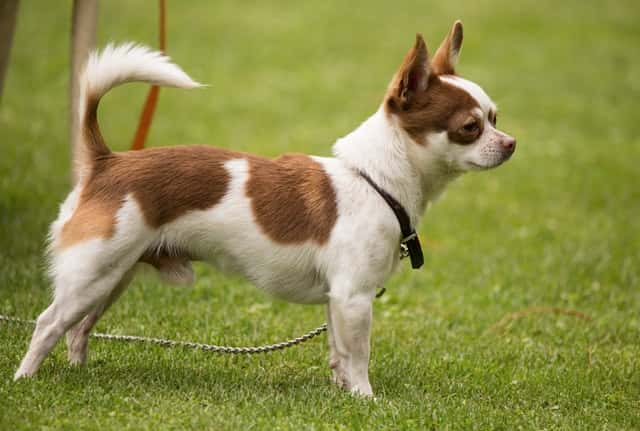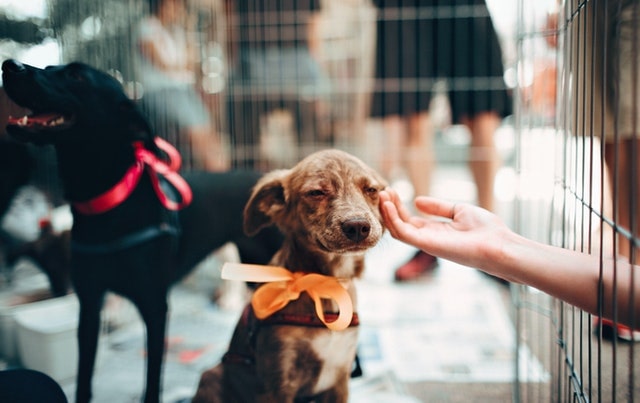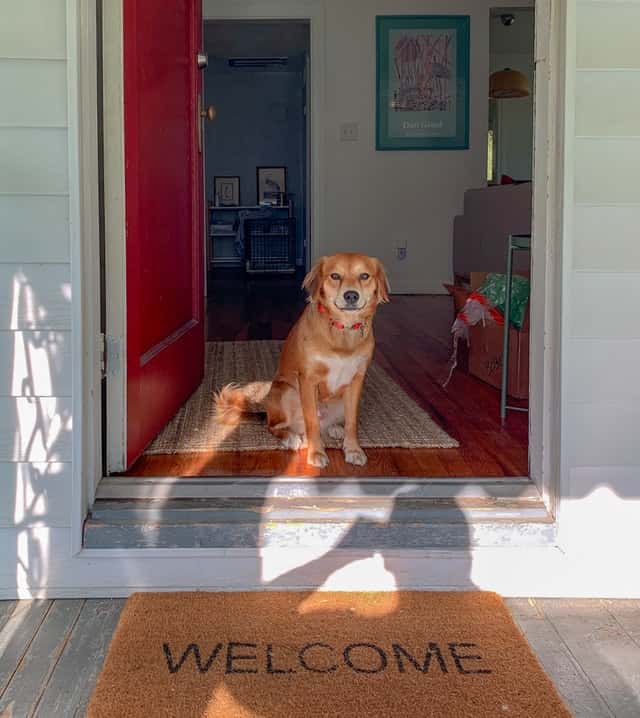Selecting a dog breed is an exciting yet stressful task at the same time.
It’s a thrilling commitment to take charge of a living being who will depend on you for his entire life!
Hundreds of questions come to mind while selecting a dog breed for oneself; what dog breed is right for me?
Will he be able to adapt to my family? Will he be friendly and entertaining?
You must have heard that dogs are man’s best friend so one should always select friends wisely.
We are here to help you in the selection of the right dog breed for you.
The first step to being a responsible dog owner is to cautiously access your needs before selecting a particular breed.
So make a list of your needs and demand and consider the fact that how much time will you be able to spend with your dog. Dogs are social animals and they need love and affection from their owners, so it’s important to spend quality time with your dogs daily.
There are hundreds of dog breeds available in the market, not to mention the mixed breeds; and you can get one from several sources like shelters, kennels, or if a stray dog comes to your front porch.
But you cannot make your decision based on attractive looks or adorable sizes, several factors need to be considered while choosing the right breed.
How to select the right dog?
You need to consider the basic dog needs, dog care responsibilities, medical care, training, behavior, and your love and attention.
Ask yourself the following questions:
- Do I have time to give a dog the time and love s/he deserves?
- Will I be able to afford the living expenditures of a dog including food, shelter, vet care, medicines, etc)
- Will my family be able to adopt the dog as a family member and give him the same importance?
- Will I be able to take her for exercise or walk regularly?
Size of Dog
Small dogs are frail and vulnerable and slight negligence can lead to severe injury.
They are very sensitive to colder temperatures so you should be able to give them a warm atmosphere to live in.
Big, happy dogs with long tails need more space to avoid damage to household objects.
And secondly, they’ll be needing more supplies, food, medications, etc, so be ready for more expenses.
If you select a giant breed puppy to treat him like a lap dog, he may walk all over you when grown up! So select the size of the dog wisely.
Activity Level of Dog
The activity level of a dog depends on its breed and nature.
If you can only take your dog to a few casual rides in a week, then you should probably select a low-energy dog such as Bloodhound or Boston Terrier.
But if you are looking for a full-time, energetic dog who can be your jogging partner then you can go for breeds like the Yorkshire Terrier, and Shiba Inu.
or Welsh corgi.
Physical Maintenance
All dogs need basic grooming depending on their breed and type of hair coat.
Certain breeds need advanced grooming since their hair keeps growing rapidly.
Dogs with long, floppy hair are prone to ear infections and require regular ear cleaning.
If you decide to go for a short-haired, smooth-coated dog, then be ready for some extra clean-ups needed since such dogs are major shredders!
Age of Dog
Puppies require much care, time, love, and training.
Be ready for lots of accidents in the house and the puppy may even chew your furniture and personal belongings.
You need to be patient with your puppy in the beginning.
Your dedicated training and love will change your puppy overtime.
Fun Fact Puppies might grow up to be different than you expected, especially in the case of a mixed-breed dog! Adult dogs can be a good choice for busy dog owners.
They will have a better energy level, temperament, and attitude.
Adult dogs will need little training and will easily adjust to their new homes.
Finally, here are some red flags that one must consider before adopting a dog:
1. Notice if the dog barks at you non-stop
It can be a sign of trouble indicating that dogs will have a difficult time adjusting to the new atmosphere.
Or else it can simply be a way of showing excitement for the new owner!
2. Check if your dog seems too calm
Animal experts suggest that if the dog remains unresponsive to new people or signals either positively or negatively, he might be having some medical issues.
So talk to the owner before taking him home!
3. If the owner has not shown you the medical record
It’s important to check the medical record of the dog before adoption.
It can save you from paying heavy medical bills down the lane and you will be able to confirm its age and history.
4. If the dog hides back in the corners, he might be afraid of people
Dogs that are afraid of people are difficult to train and may even bite or snap to overcome their fear.
So it’s always best to know the facts straight.
5. An over-friendly dog might need extra training
Although friendly dogs are better than aggressive dogs, it’s important to note that dogs with excessive playfulness and energy might be difficult to train.
6. Lunges can be a sign of poor training
A dog that lunges at others might be aggressive and uncomfortable interacting with people or other animals.
And if the dog feels threatened, he may even bite you.
7. Check the breathing pattern of the dog
Stressed dogs tend to breathe more heavily than normal; the dog might not be willing to adapt to a new environment.
Similarly, lip licking and panting can also be a sign of stress and nausea in dogs.
So, consider all these points in mind while selecting a dog breed for yourself, and do not adopt a dog that doesn’t seem to click with you.








